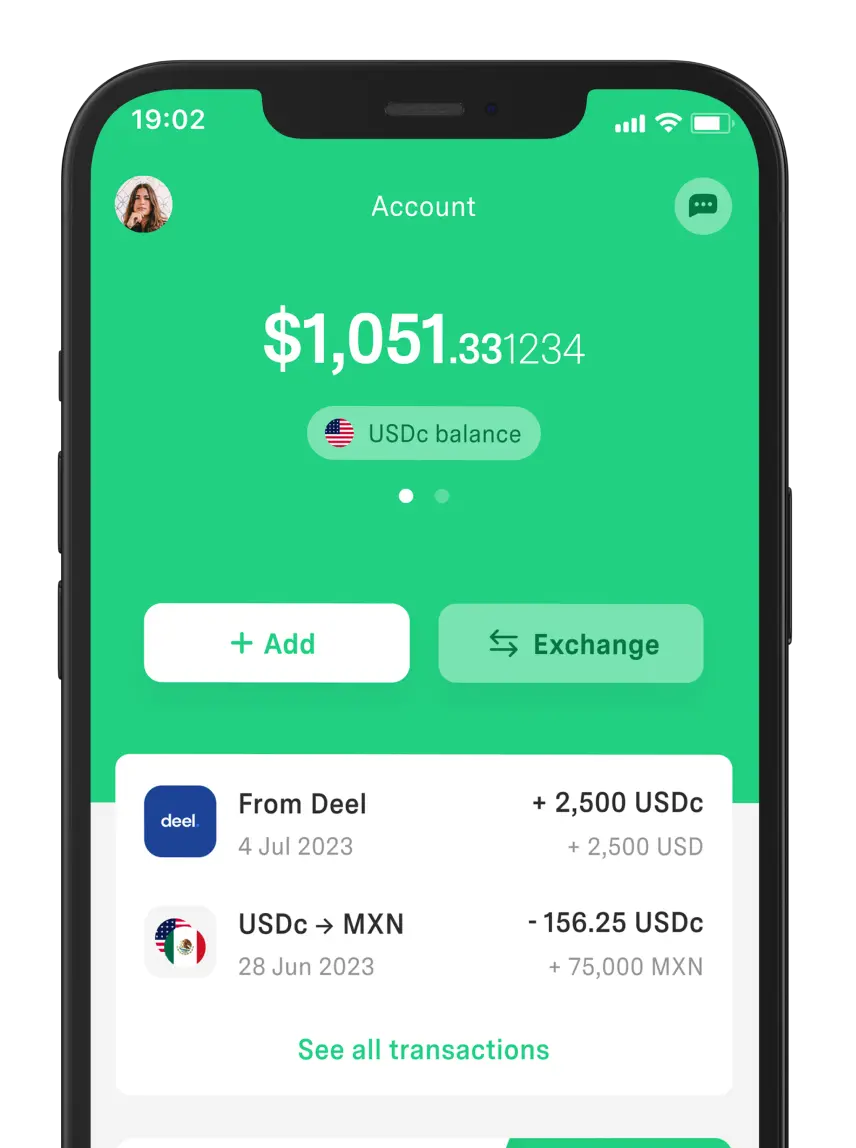 Work and Travel
Work and Travel Expedia TAAP Mexico: What It Is, How to Register, and Benefits
Expedia TAAP Mexico could be the competitive advantage your agency is looking for. Discover how to register and how you can boost your income.



Are you planning a trip to Canada? Whether it's for studies, work, or tourism, you know that paperwork, tickets, and packing are key tasks. But considering the time differences between the two countries is equally important.
Did you know that Toronto and Mexico have different local times? There's also a time difference between Mexico and Quebec, Canada.
This might seem like a minor detail, but it can cause issues before or during your trip. With this guide, you’ll be better prepared, as we explain which time zones matter and how they differ from Mexico.
Canada is one of the world’s largest countries, covering over 9 million km². For this reason, it’s divided into 6 distinct time zones:
Time Zone | Abbreviation | UTC Offset |
Newfoundland Standard Time | NST / NDT | UTC‑3:30 / UTC‑2:30 |
Atlantic Standard Time | AST / ADT | UTC‑4:00 / UTC‑3:00 |
Eastern Standard Time | EST / EDT | UTC‑5:00 / UTC‑4:00 |
Central Standard Time | CST / CDT | UTC‑6:00 / UTC‑5:00 |
Mountain Standard Time | MST / MDT | UTC‑7:00 / UTC‑6:00 |
Pacific Standard Time | PST / PDT | UTC‑8:00 / UTC‑7:00 |
Many countries have daylight saving time in most of their territory, and Canada is one of them.
The time adjustment in Canada this 2025 started on March 9 and will end on November 2. However, 10 regions of the country adopt it, while 4 others keep the same time throughout the year:
Yukon Territory.
Parts of Quebec.
Specific areas in British Columbia.
Most of Saskatchewan.
Southampton Islands in Nunavut.
Meanwhile, Mexico abolished nationwide DST, except in some northern border municipalities. Mexico stays on UTC‑6 year-round.
Canadian Time Change Periods:
Dates | Period |
November 2 – March 8 | Standard / Winter Time in Canada |
March 9 – November 1 | Daylight Saving Time in Canada |
How many hours ahead is Canada from Mexico City? It ranges from 1 to 2 hours ahead, depending on:
1. The specific Canadian time zone.
2. Whether it’s DST or not.
For example, the time difference between Mexico and Vancouver, Canada, most of the year is 2 hours. But during the summer, it is reduced to 1 hour.
City/Province/Territory | Time Zone (Standard / DST) | Difference vs. Mexico City |
Vancouver | Pacific (PST / PDT) | −2 h (winter) / −1 h (summer) |
Toronto, Montreal, Quebec | Eastern (EST / EDT) | +1 h (winter) / +2 h (summer) |
Nova Scotia, New Brunswick | Atlantic (AST / ADT) | +2 h (winter) / +3 h (summer) |
Newfoundland & Labrador | Newfoundland (NST / NDT) | +2 h30 min (winter) / +3 h30 min (summer) |
Calgary, parts of BC, NWT | Mountain (MST / MDT) | −1 h (winter) / same (summer) |
Winnipeg, Manitoba | Central (CST / CDT) | same (winter) / −1 h (summer) |
The time in Canada is a factor that every traveler should consider. Whether you plan to stay for a while or just go sightseeing.
Here are some reasons why it pays to know the time difference between Canada and Mexico:
If you have already decided that Canada will be your new destination and you have your Mexican passport in hand, excellent. But if you need to organize other necessary procedures to travel, knowing the Canadian time will be key to avoid mistakes.
Why?
Because most processes usually have deadlines and times, and many Canadian institutions work under Eastern Standard Time, such as Toronto.
If you noticed in the table above, the time in Toronto and Mexico is not the same. There is usually a 1-2 hour difference between the two cities. If you do not take this into account, you could send a document after the deadline without realizing it
This applies both for applying for a Canadian visa as well as for online interviews, enrollment in language courses or academic programs.
As we mentioned, Canada is a very large country. So it is very common to have to take one or more internal flights to reach your final destination.
If you do not know the time difference between your place of origin and your destination in Canada, you may:
You may make a mistake with the boarding time.
Miss a connection.
This is a common occurrence among travelers, even for those who plan well before moving to one of the best countries to live in.
Knowing, for example, the time difference between Mexico and Quebec, Canada, allows you to anticipate how the time zone change will affect you.
Time differences, however brief, can disrupt your sleep cycle and make you feel disoriented for the first few days. But if you understand beforehand what time you'll arrive and how it fits in with your usual schedule, you'll be able to prepare yourself mentally. It will even help you understand why you feel a certain way the first few days.
And of course, we can't forget about communication. Since knowing the time in Canada will also allow you to better organize your moments to talk to those you love the most.
Good organization can save you misunderstandings, delays and even missed flights, so:
The first and most important thing is to verify which time zone corresponds to the place you are going to. For example, if you are traveling to Toronto, you should consider that it is 2 hours ahead of Mexico City, since they are in the middle of summer time.
The current time difference between Toronto and Mexico will help you to better organize your flights, reservations and activities from the first day.
Time differences can make the trip seem longer or shorter than it is.
Let's say your flight leaves Mexico City at 10:00 am and you arrive in Toronto at 5:00 pm. At first glance, it looks like a 7-hour drive if you look only at the local clock, but the reality is that it was only 5.
Keep in mind the local time and time zone and better coordinate your arrival.
The same applies if you plan to visit more than one city within Canada (e.g. Toronto and Vancouver). Since in summer there is a 3 hour difference between the two cities.
Landing in a different time zone can affect your energy. You may feel tired or disoriented if your biological clock keeps running on Mexico time
This mismatch is known as jet lag and tends to influence your rest, appetite and mood.
To reduce its effects, try:
Gradually advance your sleeping and eating hours several days before takeoff.
Get plenty of sleep and stay hydrated the day before takeoff.
Limit alcohol and caffeine both on the plane and on your first day in Canada.
Keep your electronic devices on “do not disturb” mode during your sleeping hours to ensure uninterrupted sleep.
Avoid long naps upon arrival.
It is a way to synchronize your body with the new schedule.
Apart from setting your cell phone or watch to update automatically when you arrive at your destination, you can use applications.
For example, World Clock offers a simple interface to display the time worldwide. Therefore, they help you to check the time in Canada according to the city you are visiting.
At DolarApp we can also help you manage an important part of your trip: your expenses.
With us you can pay for your transactions in Canada with digital dollars (USDc). You can do this by requesting your DolarCard, which works with both USDc and pesos by associating your local bank account.
We have a beneficial exchange rate for your pocket in case you need to buy or sell USDc. So, don't hesitate to install the application on your mobile device and request an international card for your transactions.

Los países tienen fronteras. Tus finanzas, ya no.
 Work and Travel
Work and Travel Expedia TAAP Mexico could be the competitive advantage your agency is looking for. Discover how to register and how you can boost your income.

 Work and Travel
Work and Travel Build your own kit with the best travel apps to plan, book, and manage every trip detail from your phone.

 Work and Travel
Work and Travel Expedia Flights Mexico and its loyalty program are exactly what you need to save money. Discover how to book cheaply and the benefits of Expedia Rewards.


